CSX Transportation and Union Pacific executives last week said they expected the global pandemic to accelerate trends of reducing an over reliance on Chinese manufacturing, which would benefit carload and intermodal traffic in North America.
Manufacturing has been increasing in Southeast Asia and Mexico in recent years as companies look to diversify their supply chains and escape rising costs in China.
“It will continue to happen. There will be some nearshoring. But I think for the most part we’re still going to see quite a bit of production in Asia, maybe some moving to Mexico. But I don’t think there’s going to be any drastic changes,” Keith Reardon, CN’s senior vice president of consumer product supply chain, said on the railway’s earnings call on Monday.
CN CEO JJ Ruest says some of the concern around Chinese manufacturing centers on production of medical equipment, such as face masks, that is in high demand during the pandemic.
“I think, frankly, some of this is emotional, some of it is overblown, some of it is real,” Ruest says regarding manufacturing in China.
CN people in China sent face masks to Canada via air freight earlier this year as the railway was unable to secure protective gear from North American vendors. But medical supplies don’t move the needle on international container volume, Ruest says.
Much of the international intermodal volume CN currently handles is auto parts, electronics, and clothing, Reardon says.
“I don’t see those types of things being nearshored,” he says.
CN’s unique network footprint — it is the only system that directly serves ports on the west, east, and Gulf coasts — will permit the railway to take advantage of shifting trade patterns. As manufacturing develops in Southeast Asia, container traffic will continue to rise at East Coast ports as ships use the shorter route to North America via the Suez Canal.
And that’s why CN and its port partners continue with expansion projects at Halifax, Nova Scotia, and on a planned new container port at Quebec City. The container port expansion at Halifax will come online this fall, while the Quebec City on-dock terminal is projected to open in 2024.
On the Canadian West Coast, CN and is port partners in Vancouver and Prince Rupert, British Columbia, are also continuing ongoing terminal expansions in anticipation of continued volume growth.
Vancouver and Prince Rupert have increasingly become gateways to the U.S. Midwest, a strategy CN hopes to replicate on the East Coast at Halifax and Quebec City.





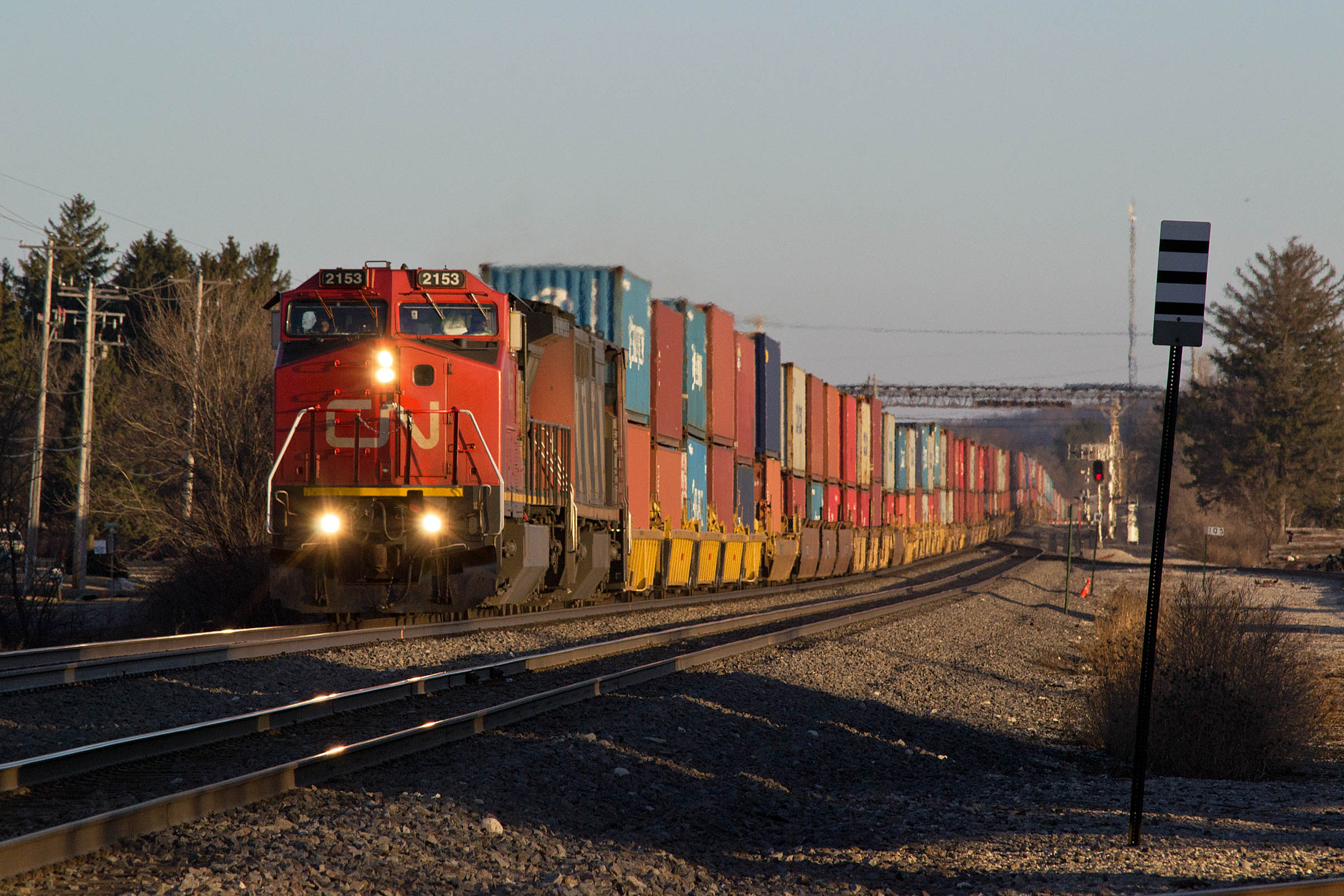

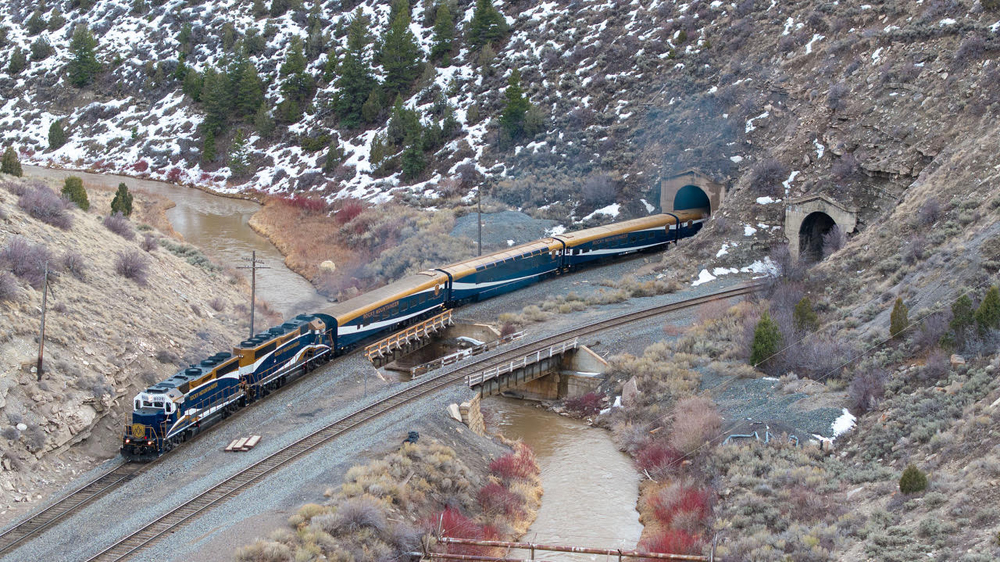
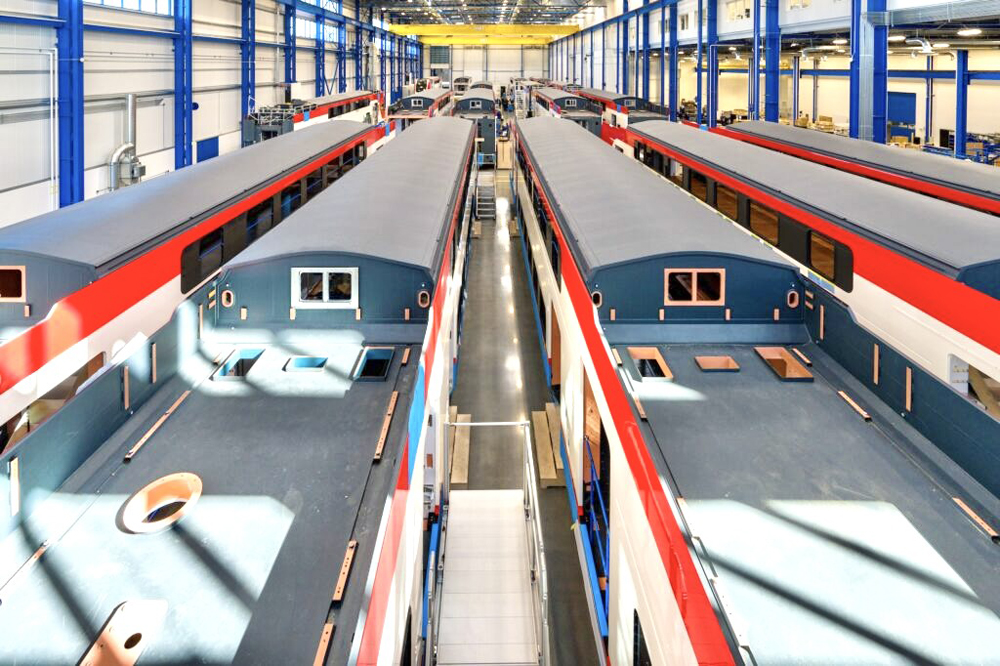
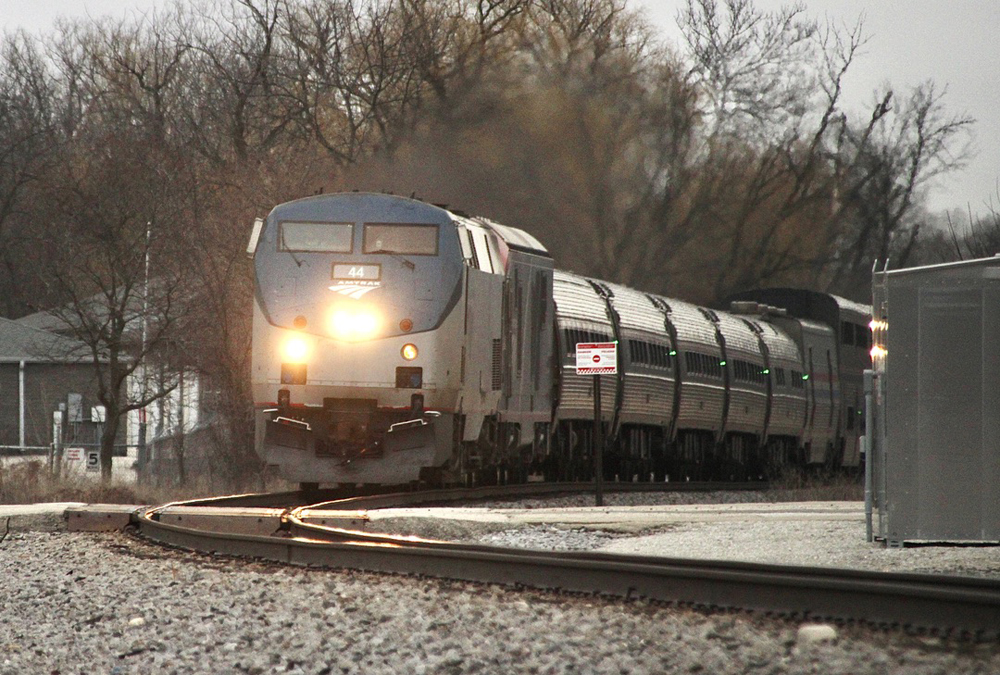
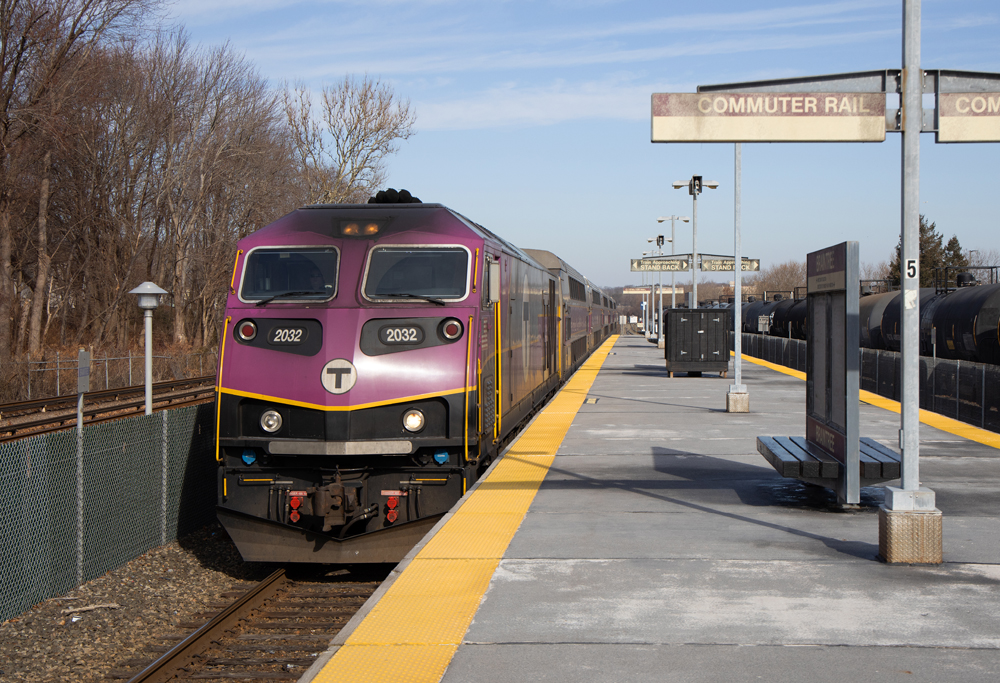




With the huge fish that caught in the Port/Prince Rupert what a catch that was
NHK covers empty passenger train.
Looking at the way the ports of Jacksonville, Savannah and Charleston are expanding, you would think the shift was already happening.
Another spot of interest close to the picture locale is “Rugby Jct.” No kidding…you can look it up.